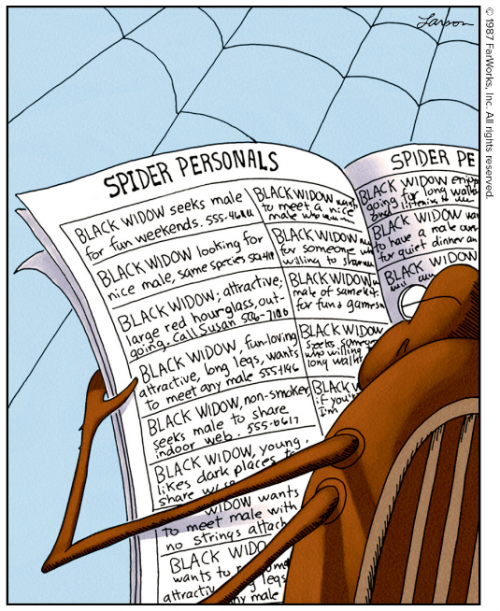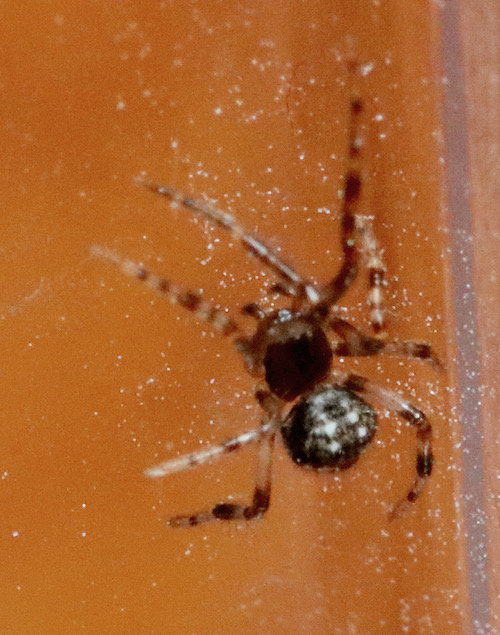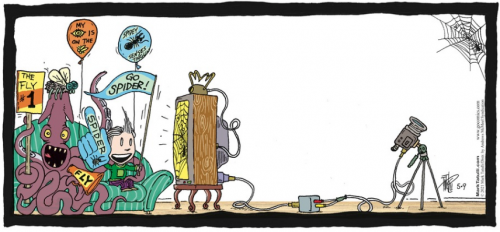The science building at UMM is full of spiders! I didn’t do it, though, these belong to species I do not keep in the lab, so they’re not escapees.
A few days ago, I posted a video about Steatoda borealis. The specimens I used were all fairly light-colored, with lots of tan and orange. Here’s one my wife caught in the stairwell. [Read more…]







